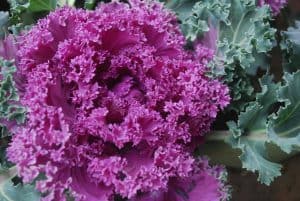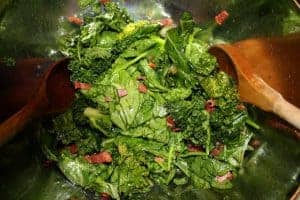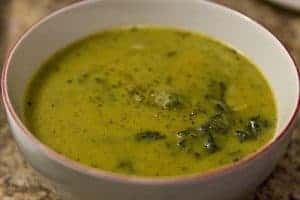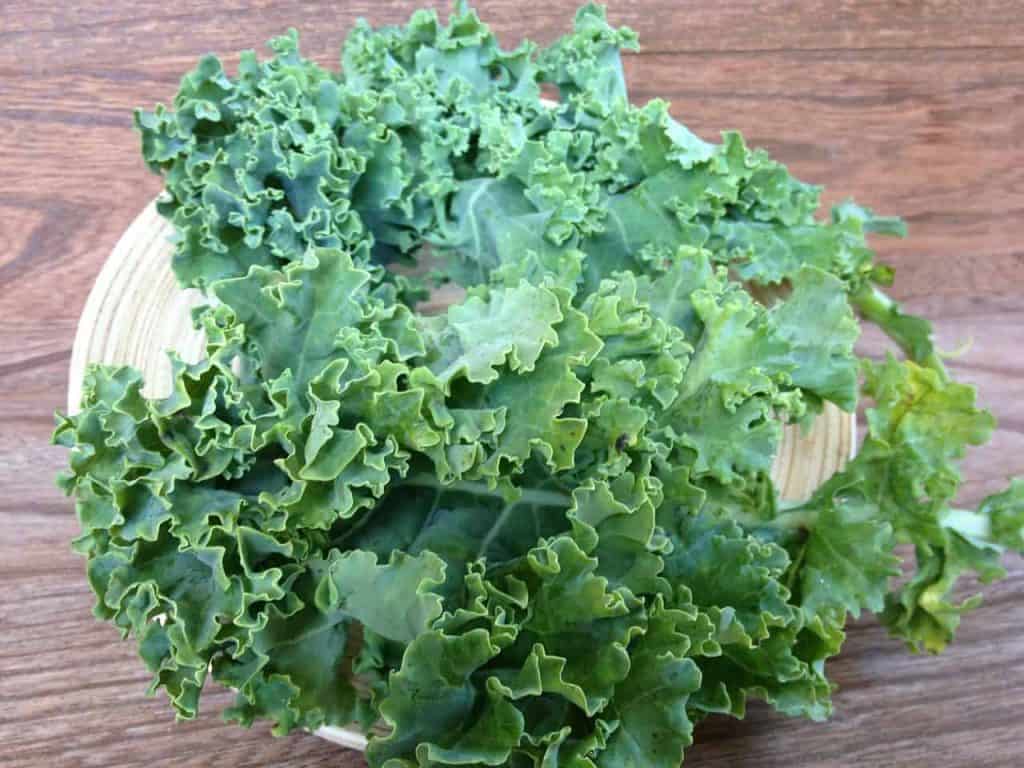It has a green, brown-green or purple-green colour, decorative crinkled leaves and a whole lot of beneficial to health substances. The kale in question, although great for the body, is not yet a very popular vegetable in our country. However, it is worth looking for it in stores as often as possible, and then adding it to the daily menu. What are the nutritional values of kale, what does it do for the body, and how to prepare it?
Table of contents
Nutrition facts for kale
Kale is a leafy vegetable belonging to the cabbage family, although in fact, due to its appearance and taste, most people associate it more with lettuce than with cabbage. The crowning glory of kale is its very high nutritional value. It contains large amounts of vitamin K, vitamin A, vitamin E, vitamin C, folic acid, iron, potassium, calcium. There are also B vitamins, magnesium, manganese, copper, zinc and selenium, sodium, phosphorus. Besides, it is a mine of chlorophyll and other substances with antioxidant properties (e.g. lutein and zeaxanthin), as well as proteins, flavonols, dietary fibre.
Kale – properties and effects

Kale is one of the best ways to replenish vitamin and mineral deficiencies in a natural way.
Reaching for kale often will improve blood clotting, improve iron and hemoglobin content in blood, and thus mitigate or completely get rid of anemia.
Kale will also help us strengthen the immune and nervous systems, have a positive effect on the condition of blood vessels, heart and circulation. Eating kale we will more easily get rid of inflammation, improve the condition of bones, joints, skin, hair, nails, as well as the work of the visual apparatus.
Another positive property of kale is that it helps to lose weight – it is a very low-calorie vegetable, rich in fiber, supports digestive processes and helps with slow metabolism.
Another important property of kale is its high level of antioxidants, which helps to prevent cancer and aging of the body. The deacidification and detoxification effect of kale, thanks to its chlorophyll, is also very important.
If you are interested in other products rich in valuable chlorophyll, we recommend green barley.
How to prepare kale raw?

Although seemingly difficult to make a specific dish out of it, kale is actually distinguished by its great versatility of uses. It is a great addition to both cold and hot dishes.
Raw kale can be added to any sandwiches, diet salads, salads and snacks. A great and extremely healthy idea for kale is smoothies. Kale smoothies are easy to make by blending kale leaves with other vegetables and/or fruits (e.g. kiwi, apple, celery, cucumber).
How to prepare hot kale?

An option that will especially appeal to people on a diet who care about keeping their meals as low-calorie as possible is kale soup in the form of a filling cream.
It is prepared by stewing kale and other vegetables of your choice (e.g. green peas, chickpeas, onions, garlic, parsley, etc.), then combining the ingredients with lean broth, blending everything to a smooth paste, and finally seasoning.
There are also other recipes for kale, in fact it is a very versatile vegetable that goes well with most culinary products. Fried kale, braised kale, baked kale with macaroni and cheese, kale tart, kale dumplings are just some of the many suggestions.

